Owning an electric vehicle (EV) in Australia is becoming increasingly popular, as the country’s charging infrastructure continues to improve. We present to you list of 10 best electric cars you can buy in Australia, from small city cars to large SUVs. There are a number of benefits to owning the best electric in Australia. First, EVs are much cheaper to run than petrol or diesel cars, add that with the cheapest electric cars and were really cooking with a wooden stove. The cost of electricity is much lower than the cost of fuel, and EVs also produce zero emissions, which can save you money on fuel excise.
A greener alternative is being preferred by all albeit from a low base – and there are dozens of new electric car models like Kia electric cars, BMW electric cars, Mercedes electric cars and BYD electric cars due soon. However, there are also plenty of the best electric cars on sale right now, giving consumers a viable alternative to petrol and diesel-powered cars that have kept us on the move.
| Model | Body Type | Range | Charging Time(Hrs, 230V) | Price |
|---|---|---|---|---|
| Tesla Model 3 | Sedan | 620 Km | 08:15 | $33,300 |
| Tesla Model S | Hatchback | 671 Km | 07:00 | $84,900 |
| Nissan Leaf | Hatchback | 315 Km | 21:00 | $18,900 |
| Hyundai Kona | SUV | 305 Km | 17:00 | $34,900 |
| Jaguar I-Pace | SUV | 446 Km | 48:00 | $78,500 |
| BMW i5 | Sedan | 550 Km | 43:05 | $100,900 |
| Hyundai Ioniq 5 | SUV | 384 Km | 24:55 | $64,500 |
| Mercedes-Benz EQE | Sedan | 626 Km | 45:45 | $133,575 |
| Audi e-Tron | SUV | 334 Km | 36:00 | $83,100 |
| BYD Atto 3 | SUV | 410 Km | 28:00 | $23,200 |
1. Tesla Model 3
| Metric | Value |
|---|---|
| Maximum Power | 345 Bhp |
| Maximum Torque | 590 Nm |
| Battery/Tank Capacity | 75.0 kWh |
| Transmission Type | 1 Reduction Gear |
| Seating Capacity | 5 |
| Boot Space | 425 Litres |
| Engine | AC258kW Electric Motor |
| Fast Charging Time (Minutes) | 27:00 |
Data for 2020 Tesla Model 3 Long Range Auto AWD
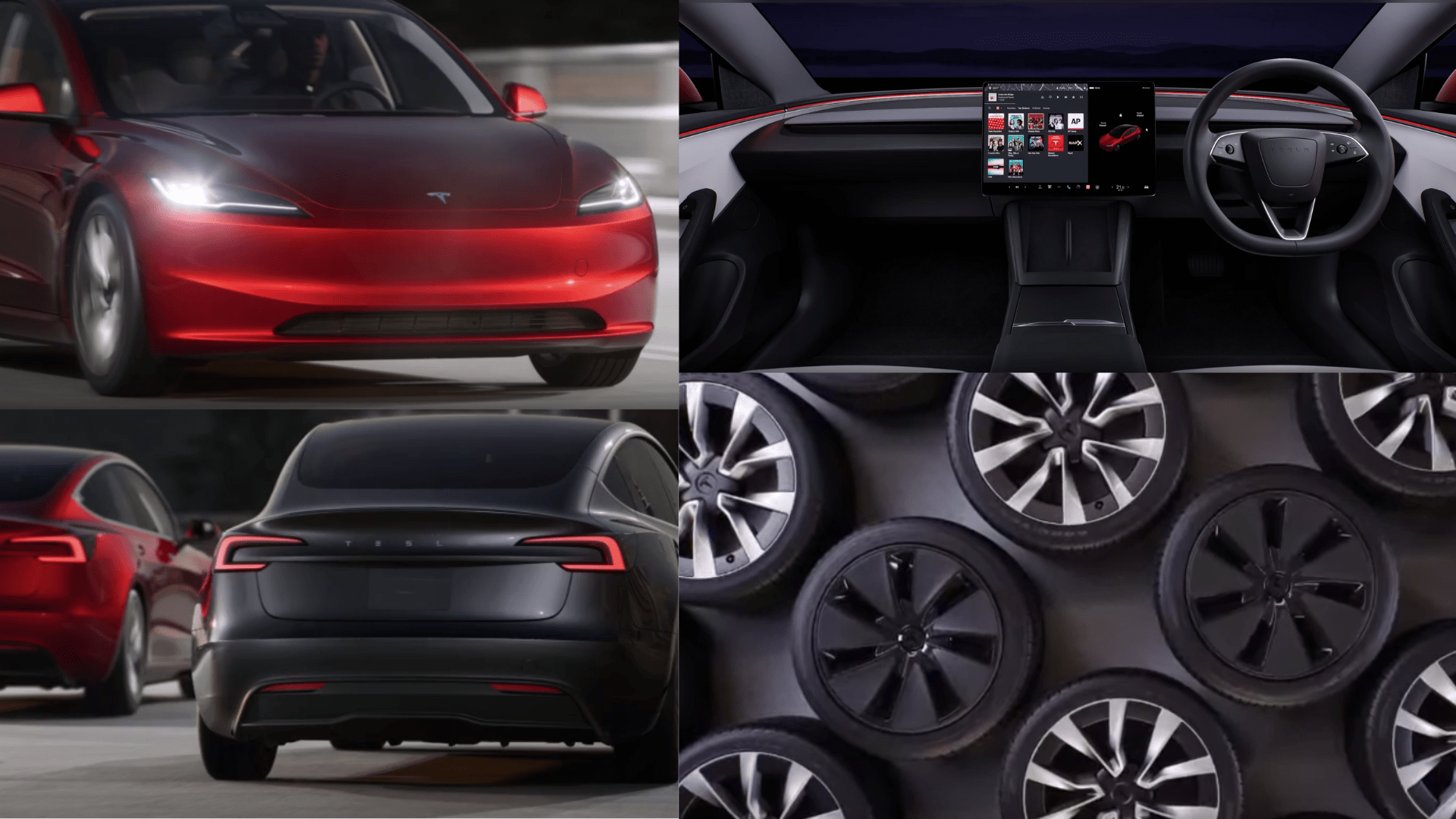
The Tesla Model 3, introduced in 2019, has quickly become the best-selling electric vehicle in Australia. While it isnt the cheapest electric car Its popularity can be attributed to its competitive pricing, enjoyable driving experience, and innovative features that showcase the Tesla brand’s wow factor. From customisable indicators that can produce amusing sounds to using your smartphone as a key, the Model 3 is not just a means of transportation but also a technological marvel and rest assured is amongst the best electric cars in Australia.
One of the Model 3’s strengths is its simplicity in the world of electric vehicles. Tesla owners have access to a comprehensive charging network, tailored specifically for them, along with a practical driving range of at least 400 kilometres. The Model 3 is offered in three variants, each at different price points. The base Standard Range Plus is rear-wheel drive, while the Long Range and Performance versions feature all-wheel drive capabilities, thanks to an additional electric motor. Regardless of the variant, the Model 3 delivers exhilarating acceleration that will leave you thrilled when you step on the accelerator. While the Tesla Model 3 is now under our bracket of best electric cars in 2024, the Tesla Model 3 of 2020 is now a very sought after car in the cheapest electric car bracket.
Key Features of Tesla Model 3:
- Spacious Cabin
- 15-Inch Touchscreen
- Glass Roof
- All-Weather Comfort
- Tesla Vision
Whats good about it?
- Long range
- Quick acceleration
- Tech-rich interior
Whats not so good about it?
- Pricey
- Limited availability
- No physical buttons
2. Tesla Model S
| Metric | Value |
|---|---|
| Maximum Power | 603 Bhp |
| Maximum Torque | 967 Nm |
| Battery/Tank Capacity | 100.0 kWh |
| Transmission Type | 1 Reduction Gear |
| Seating Capacity | 5 |
| Boot Space | 804 Litres |
| Engine | AC450kW Electric Motor |
| Fast Charging Time (Minutes) | 40:00 |
Data for 2019 Tesla Model S Performance Auto AWD
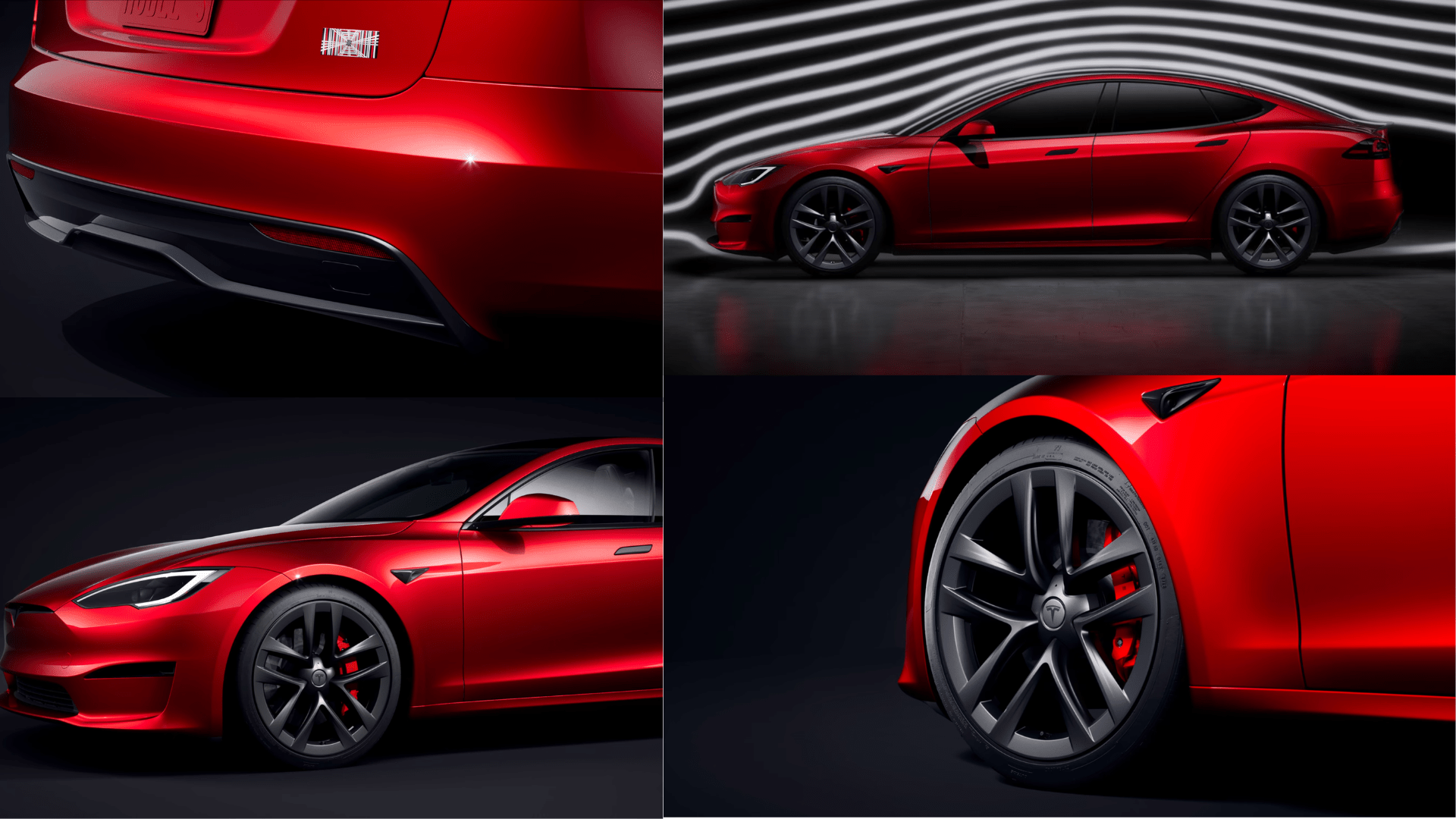
Over the years, the Model S has gone through various iterations, with different battery capacities and performance characteristics. Initially, the model name reflected the battery size and speed, but Tesla has now adopted more explicit nomenclatures like Long Range and Performance. However, one aspect has remained consistent: all Model S versions offer impressive electric range and exhilarating acceleration that can rival luxury competitors relying on V8 engines.
Certain variants of the Model S are particularly breathtaking, especially with the inclusion of Tesla’s Ludicrous mode, which unlocks the full potential of its acceleration. Like other Tesla vehicles, the Model S receives over-the-air software updates that enhance functionality and introduce new features, similar to how smartphones update their apps.
Key Features of Tesla Model S:
- Yoke Steering
- 17-Inch Touchscreen
- Console-Grade Gaming
- Navigate on Autopilot
- Tesla Vision
Whats good about it?
- Luxury interior
- Long range
- Quick acceleration
Whats not so good about it?
- No Apple CarPlay or Android Auto
- Small trunk
- Limited service network
3. Nissan Leaf
| Metric | Value |
|---|---|
| Maximum Power | 147 Bhp |
| Maximum Torque | 320 Nm |
| Battery/Tank Capacity | 40.0 kWh |
| Transmission Type | 1 Reduction Gear |
| Seating Capacity | 5 |
| Boot Space | 405 Litres |
| Engine | AC110kW Electric Motor |
| Fast Charging Time (Minutes) | 40:00 |
Data for 2020 Nissan LEAF ZE1 Auto
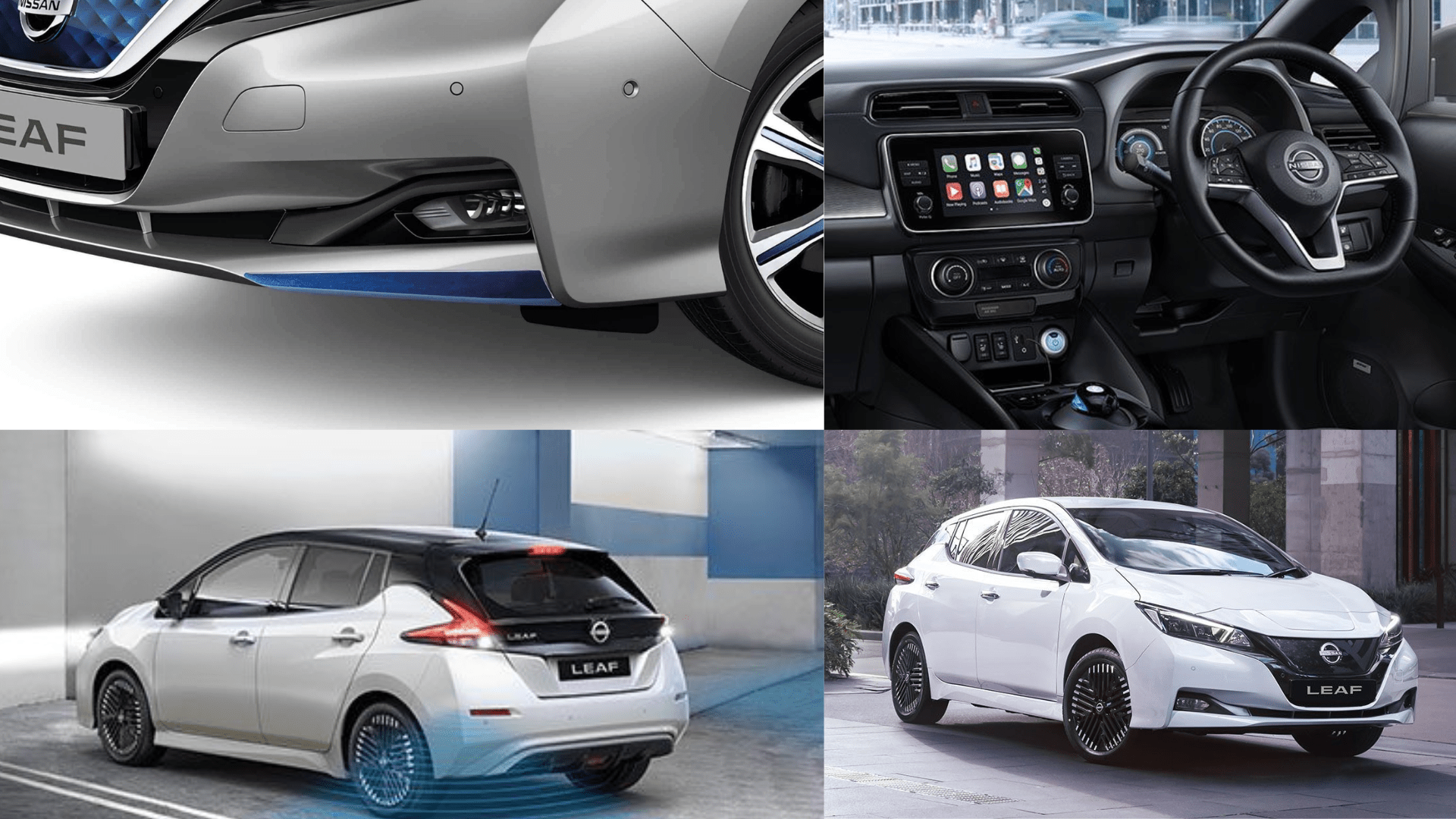
After the successful launch of its first iteration, Nissan swiftly adapted and introduced a more compelling option with the second-generation Leaf. This sizeable five-door hatchback, though compact on the outside, offers a sprawling interior space akin to a midsize car. It made its debut in 2019, targeting the entry-level segment of the electric vehicle (EV) market.
While the term “entry-level” is relative, the Leaf’s pricing aligns it closer to petrol-powered mid-sized cars, which often come with more equipment or a more prestigious badge. Nevertheless, the Leaf boasts notable features such as lively acceleration and a premium Bose sound system. The pricier Leaf e+ variant comes with a larger battery, providing increased power output and a greater driving range between charges.
Key Features of Nissan Leaf:
- e-Pedal
- Automatic Climate Control
- ECO Mode + B-Mode
- Apple CarPlay and Android Auto are available
- ISOFIX Anchor Points
Whats good about it?
- Standard DC fast charging
- Charging cable included
- Reliable
Whats not so good about it?
- No Apple CarPlay or Android Auto
- No heated seats
- Expensive in the segment
4. Hyundai Kona
| Metric | Value |
|---|---|
| Maximum Power | 134 Bhp |
| Maximum Torque | 395 Nm |
| Battery/Tank Capacity | 39.2 kWh |
| Transmission Type | 1 Reduction Gear |
| Seating Capacity | 5 |
| Boot Space | 332 Litres |
| Engine | DC100kW Electric Motor |
| Fast Charging Time (Minutes) | 47:00 |
Data for 2023 Hyundai Kona Electric Highlander Auto MY23
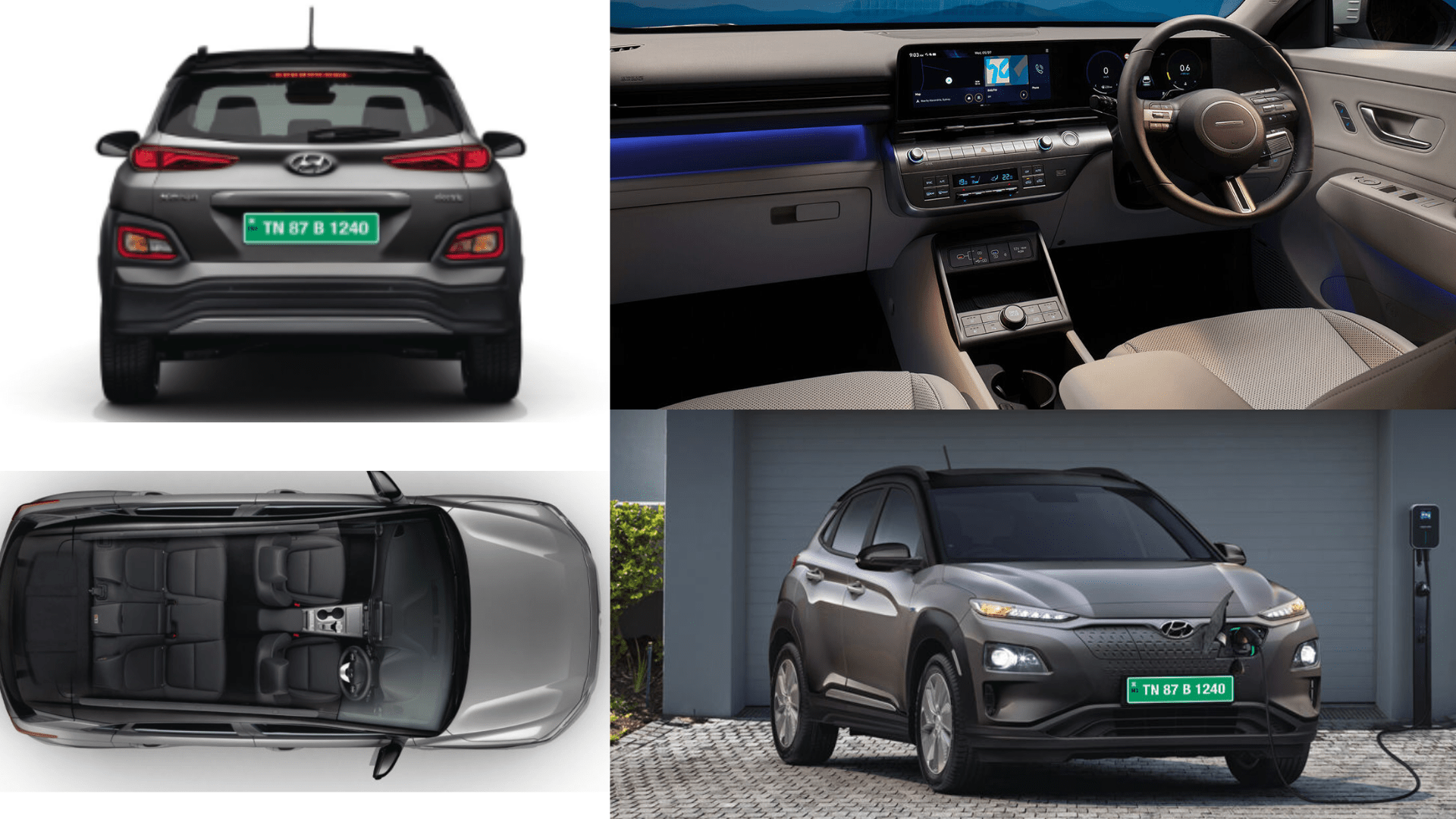
If you prioritize range, the Kona Electric is a compelling choice. It boasts an official claimed range of 484 km based on the more realistic European WLTP measurement, and in everyday driving, it can easily exceed 400 km. Notably, the Kona Electric’s onboard range predictor does an excellent job of keeping you well-informed about the remaining battery life and when you might need to recharge.
In 2021, Hyundai introduced a slightly less powerful Standard Range model with a smaller battery, resulting in a reduced range of 305km. In terms of design, the Kona Electric closely resembles its petrol-powered counterpart. It shares the same compact SUV body as the regular Kona, which is available at approximately half the price.
Key Features of Hyundai Kona Electric:
- SmartSense Advanced Driver Assistance System (ADAS)
- Blind-Spot View Monitor
- Maximised living space
- Intelligent Speed Limit Assist
- Navigation-based smart cruise control
Whats good about it?
- Long range
- Quick acceleration
- Comfortable ride
Whats not so good about it?
- Pricey
- Limited availability
- No all-wheel drive
5. Jaguar I-Pace
| Metric | Value |
|---|---|
| Maximum Power | 394 Bhp |
| Maximum Torque | 696 Nm |
| Battery/Tank Capacity | 90.0 kWh |
| Transmission Type | Automatic Centre Console |
| Seating Capacity | 5 |
| Boot Space | 656 |
| Engine | 294kW Electric Motor |
| Fast Charging Time (Minutes) | 44:00 |
Data for 2021 Jaguar I-PACE EV400 S Auto AWD MY21
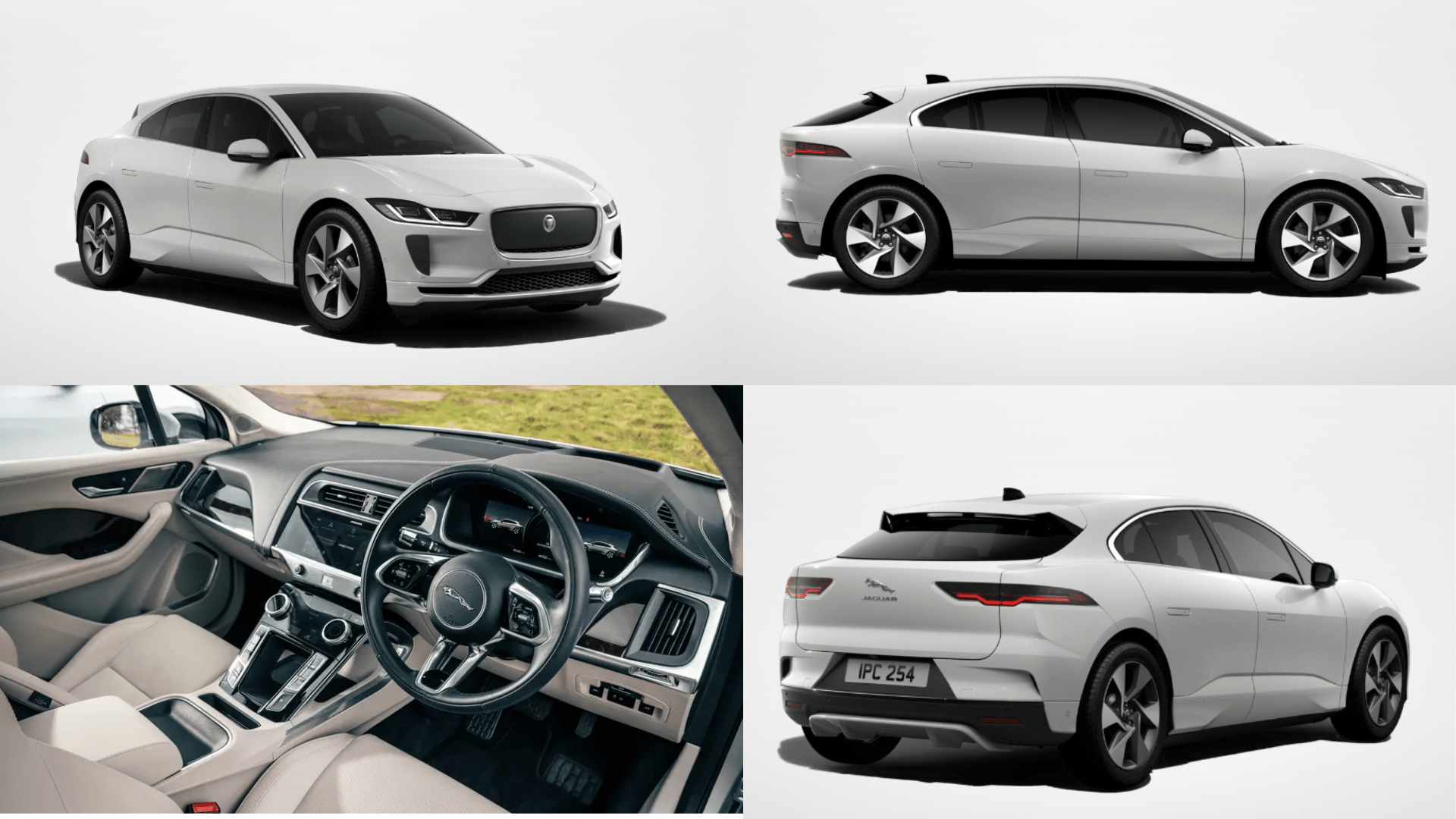
The Jaguar I-Pace, an electric SUV, was a groundbreaking vehicle ahead of its time. Unlike its luxury counterparts that converted existing models to electric power, Jaguar designed the I-Pace from scratch, strategically placing batteries and electric motors for optimal performance. This unique approach resulted in distinctive design elements, including the aerodynamic bonnet with a characteristic Jaguar appearance.
The I-Pace offers a remarkable combination of spaciousness, exhilarating electric performance, and even hints of off-road capability. While its road-focused tyres and modern interior may not seem fit for dusty adventures, the I-Pace excels in delivering sleek on-road manners that appeal to discerning buyers.
Key Features of Jaguar I-Pace:
- 10-inch Pivi Pro upper and 5.0-inch Touch Pro Duo lower touchscreen
- DuoLeather synthetic leather-look seat
- Power tailgate
- Apple CarPlay and Android Auto are available
- Six airbags
Whats good about it?
- Luxury interior
- Quick acceleration
- Long range
Whats not so good about it?
- Pricey
- Limited availability
- No all-wheel drive
6. BMW i5
| Metric | Value |
|---|---|
| Maximum Power | 335 Bhp |
| Maximum Torque | 430 Nm |
| Battery/Tank Capacity | 84.0 kWh |
| Transmission Type | 1 Reduction Gear |
| Seating Capacity | 5 |
| Boot Space | 490 Litres |
| Engine | 250kW Electric Motor |
| Fast Charging Time (Minutes) | 30:00 |
Data for 2023 BMW i5 eDrive40 M Sport G60 Auto
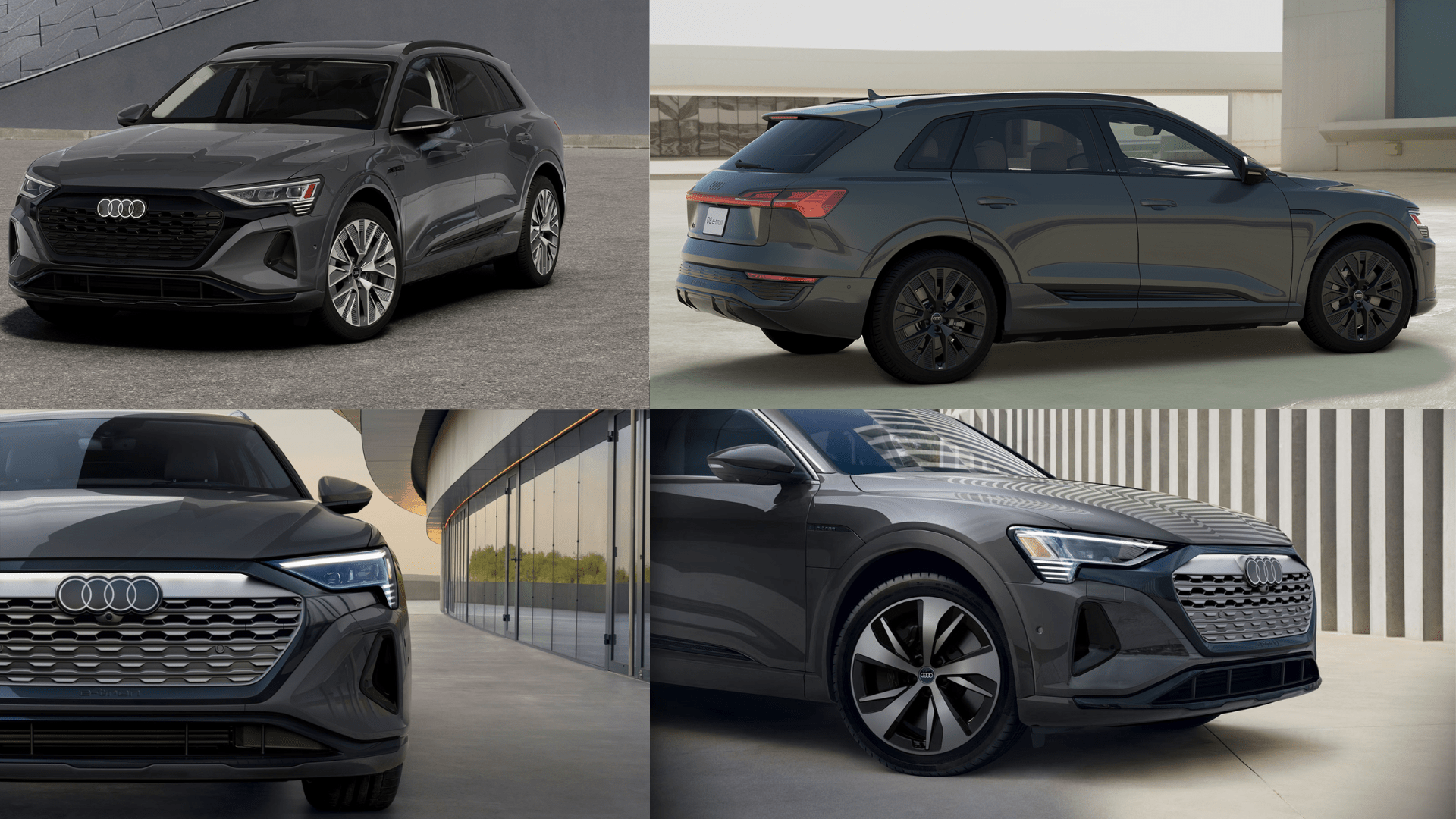
The i5’s appeal lies in its pioneering use of materials. Open the doors, and you’ll notice carbon fibre, the primary material used in the body, a manufacturing feat for a compact city hatchback. The dashboard and door interiors are trimmed with recycled materials that lend a unique personality to BMW’s first urban electric vehicle.
While the i3 was available with a range extender option utilizing a small two-cylinder engine to charge the batteries for extended journeys, it is the pure electric version that captivates most. With increasing battery capacities, newer iterations offer a greater range between charges. BMW’s measurement of battery capacity in amp-hours instead of kilowatt-hours follows the same principle: the higher the number, the better.
Key Features of BMW i5:
- 10.25-inch media touchscreen
- Automated parking assist
- Climate control air
- 20-inch alloy wheels
- Dual front, side chest and side curtain airbags.
- Active cruise control
Whats good about it?
- Electric Efficiency
- Lightweight Construction
- Agile City Driving
Whats not so good about it?
- Limited Range for Longer Trips
- Limited Interior Space
- Higher Price Tag
7. Hyundai Ioniq 5
| Metric | Value |
|---|---|
| Maximum Power | 167 Bhp |
| Maximum Torque | 350 Nm |
| Battery/Tank Capacity | 58.0 kWh |
| Transmission Type | 1 Reduction Gear |
| Seating Capacity | 5 |
| Boot Space | 593 Litres |
| Engine | 125kW Electric Motor |
| Fast Charging Time (Minutes) | 18:00 |
Data for 2023 Hyundai IONIQ 5 Essential Auto 2WD MY24
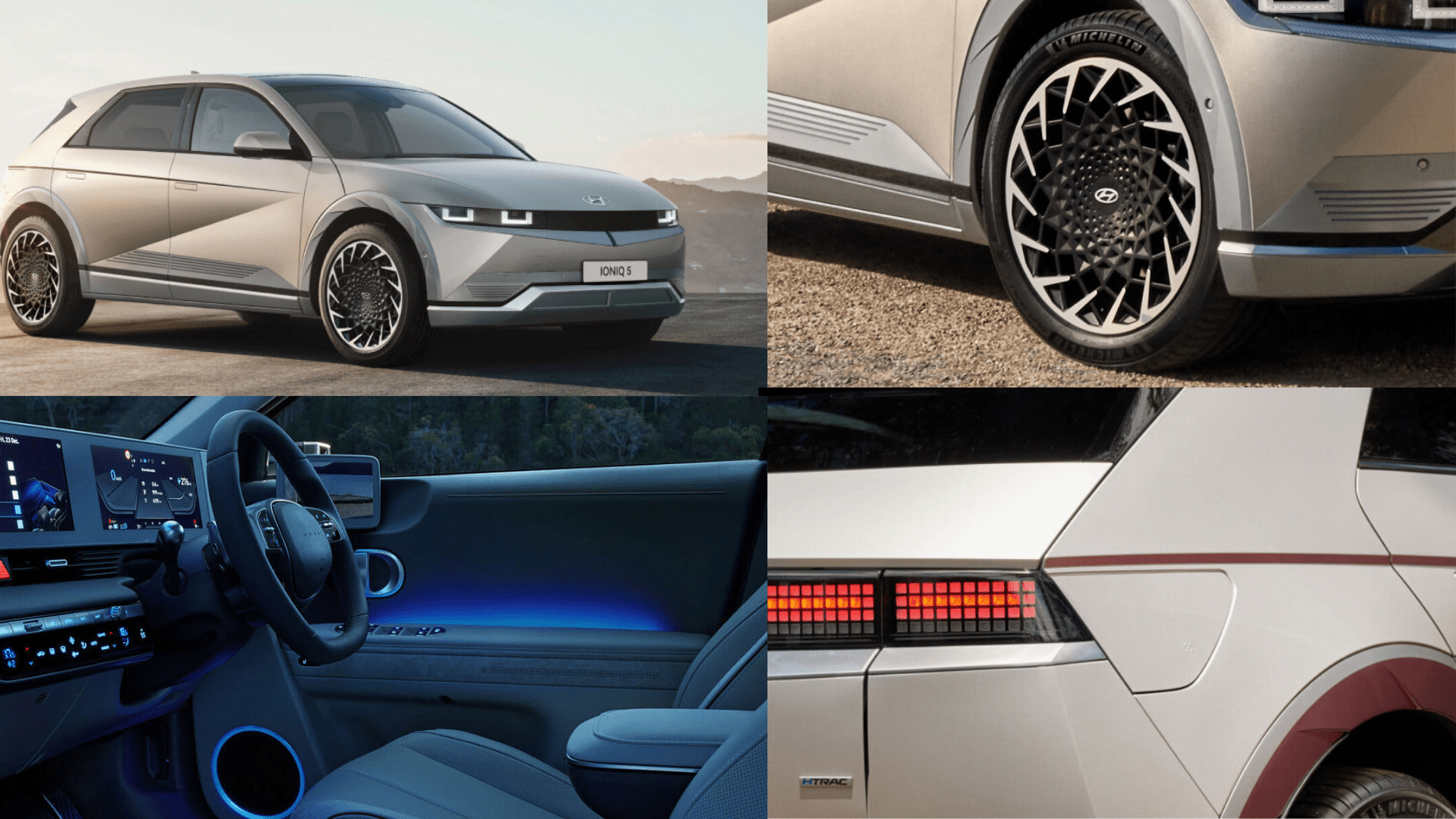
The Ioniq 5, not to be confused with the Ioniq 6, marks Hyundai’s early foray into electric vehicles, although it is also available as a hybrid and plug-in hybrid. While its range may be limited (officially claimed at up to 311 km), the Ioniq compensates with an attractive price tag, positioning itself as one of the more affordable pure electric vehicles on the market.
In terms of performance, the single electric motor powering the front wheels delivers modest acceleration, surpassing many petrol-powered city cars. However, Ioniq’s handling is more focused on daily commuting rather than stirring up driving excitement. Inside the cabin, the Ioniq boasts a simple design complemented by leather upholstery, a digital instrument cluster, and push-button gear selectors, adding some sophistication to its basic interior.
Key Features of Hyundai Ioniq:
- 5-Year Unlimited Km Warranty
- 4 Drive Modes Normal, Eco, Eco+ & Sport
- Smart Cruise Control
- Apple CarPlay and Android Auto are available
- Forward Collision-Avoidance Assist
Whats good about it?
- Affordable
- Good range
- Comfortable ride
Whats not so good about it?
- Not as quick as some rivals
- Small trunk
- Limited charging infrastructure
8. Mercedes-Benz EQE
| Metric | Value |
|---|---|
| Maximum Power | 241 Bhp |
| Maximum Torque | 550 Nm |
| Battery/Tank Capacity | 89.0 kWh |
| Transmission Type | 1 Speed Reduction Gear |
| Seating Capacity | 5 |
| Boot Space | 430 Litres |
| Engine | AC180kW Electric Motor |
| Fast Charging Time (Minutes) | 32:00 |
Data for 2023 Mercedes-Benz EQE EQE300 Auto
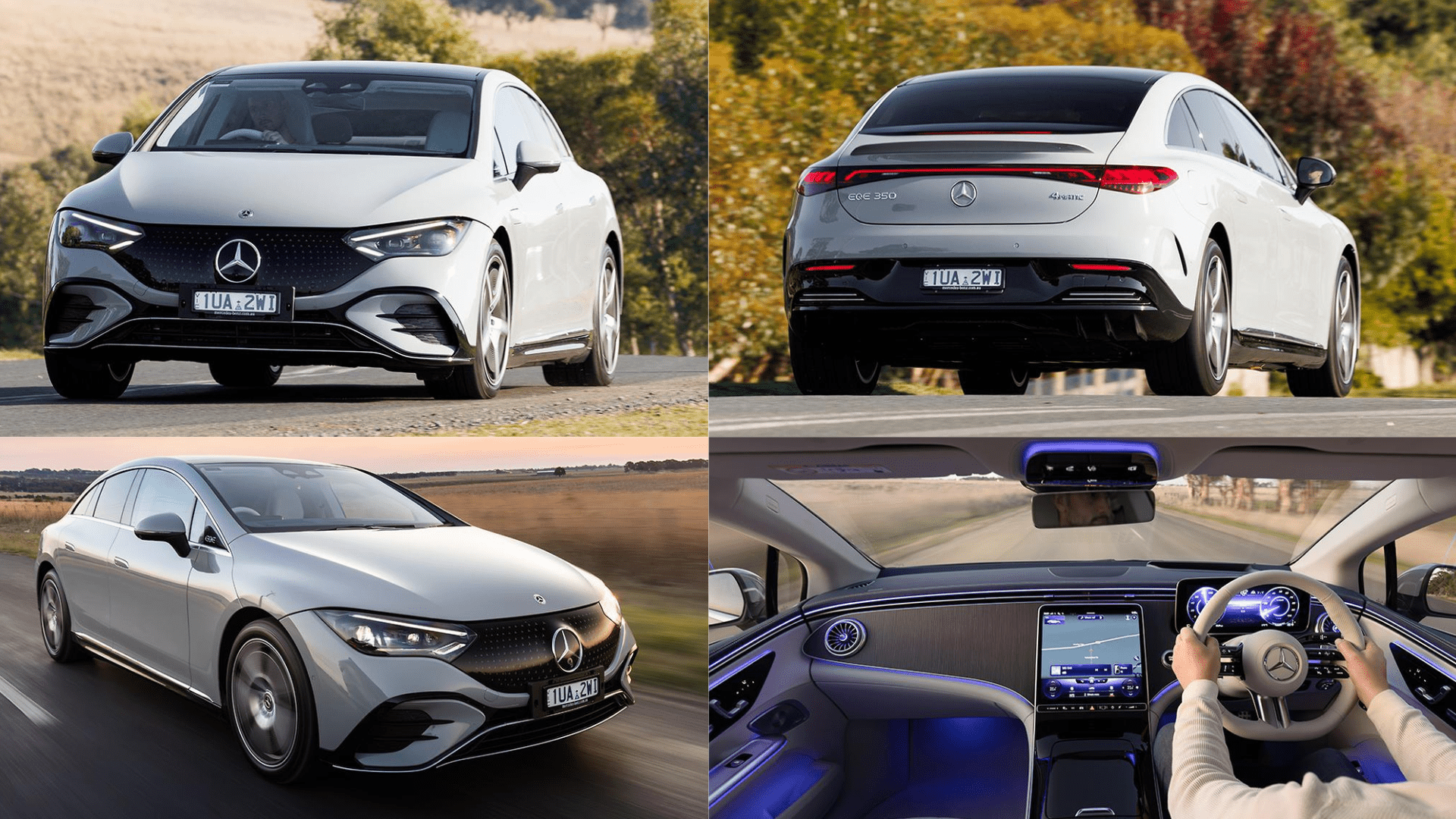
Mercedes-Benz enters the electric vehicle market with its first offering targeted at the lucrative midsize luxury SUV segment: the EQE300. Sharing some body components with the mainstream GLC model, the EQE300 boasts a similar size but carries additional weight due to its battery pack, which provides an impressive electric range of 626 km.
The EQE stands out further with its unique suspension system, featuring traditional coil springs at the front and an air suspension setup at the rear. This configuration prioritizes smoothness over bumps, providing a refined and comfortable ride. The EQE also impresses with its high equipment levels, boasting features such as electrically adjustable heated seats, an electric tailgate, ambient lighting, smart key entry, and blind spot monitoring.
Key Features of Mercedes-Benz EQE:
- Driver attention alert
- Road sign recognition
- Blind spot alert
- Apple CarPlay and Android Auto are available
- Rain sensing wipers
Whats good about it?
- Luxury interior
- Quick acceleration
- Long range
Whats not so good about it?
- Pricey
- Limited availability
- No all-wheel drive
9. Audi Q8 e-Tron
| Metric | Value |
|---|---|
| Maximum Power | 308 Bhp |
| Maximum Torque | 540 Nm |
| Battery/Tank Capacity | 71.0 kWh |
| Transmission Type | 1 Reduction Gear |
| Seating Capacity | 5 |
| Boot Space | 660 Litres |
| Engine | AC230kW Electric Motor |
| Fast Charging Time (Minutes) | 45:00 |
Data for 2022 Audi e-tron 50 Auto quattro MY22
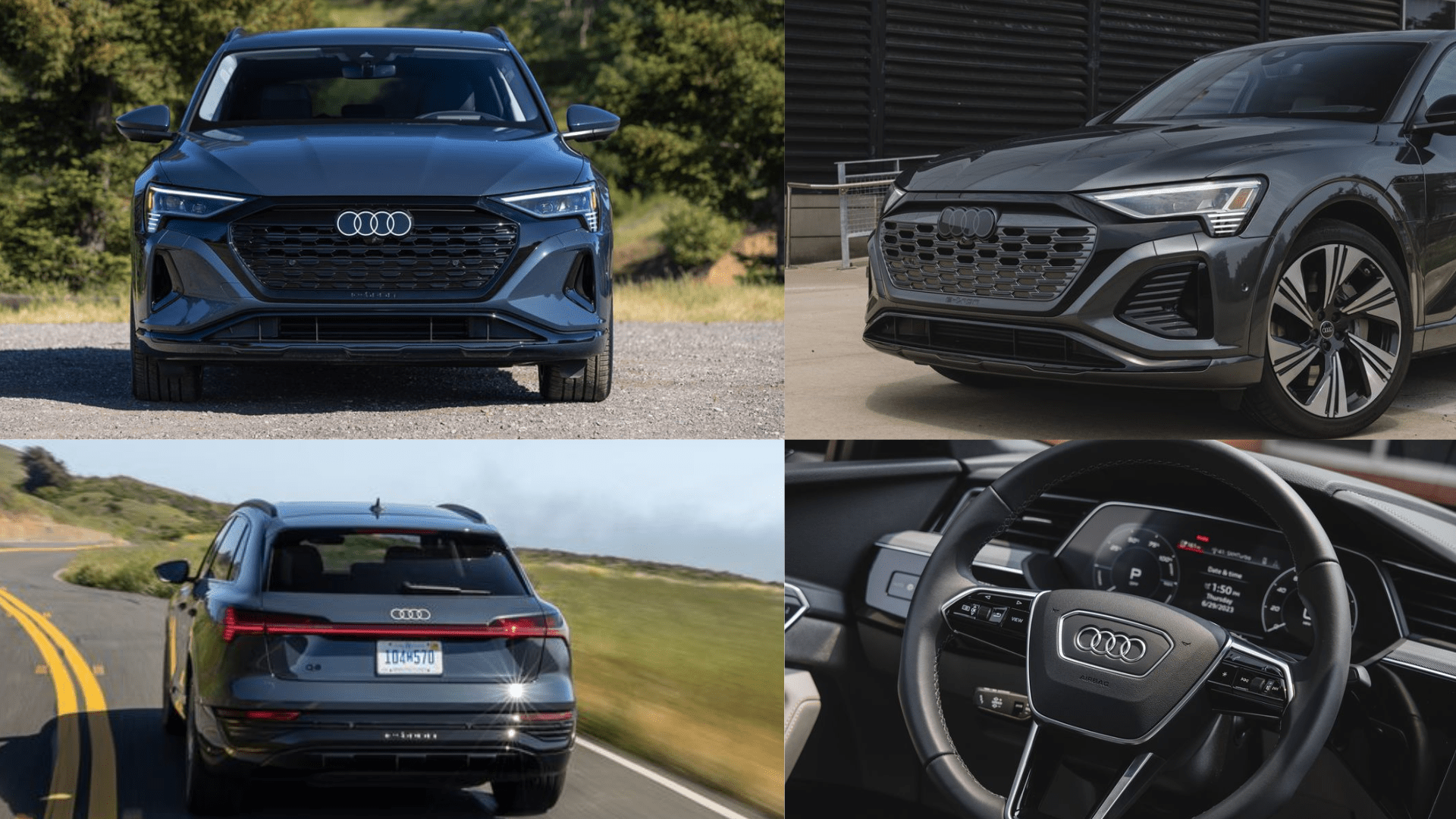
Prepare to become familiar with the e-Tron name as Audi’s EV sub-brand is set to expand into a full lineup, featuring models like the e-Tron GT and e-Tron Q4 and the Q8. The e-Tron is available in two versions: the 50 and the more powerful 55, which boasts a longer electric range. Engaging the Sport mode enhances the peak power slightly, adding an extra touch of excitement to the driving dynamics.
The e-Tron not only excels in power and performance but also offers a well-rounded driving experience. It combines plushness and comfort to absorb bumps on the road while maintaining a level of grip and agility that truly shines on winding roads. With its spacious interior, impressive power, and enjoyable handling, the Audi e-Tron proves to be a compelling choice for those seeking an electric SUV that delivers both excitement and practicality.
Key Features of Audi Q8 e-Tron:
- Adaptive Cruise Control
- Matrix LED headlights
- 10.1-inch infotainment unit
- Apple CarPlay and Android Auto are available
- Electric tailgate
Whats good about it?
- Luxury
- Performance
- Range
Whats not so good about it?
- Pricey
- Limited availability
- No third-row seating
10. BYD Atto 3
| Metric | Value |
|---|---|
| Maximum Power | 201 Bhp |
| Maximum Torque | 310 Nm |
| Battery/Tank Capacity | 49.9 kWh |
| Transmission Type | 1 Reduction Gear |
| Seating Capacity | 5 |
| Boot Space | 440 Litres |
| Engine | AC150kW Electric Motor |
| Fast Charging Time (Minutes) | 45:00 |
Data for 2022 BYD ATTO 3 Standard Auto
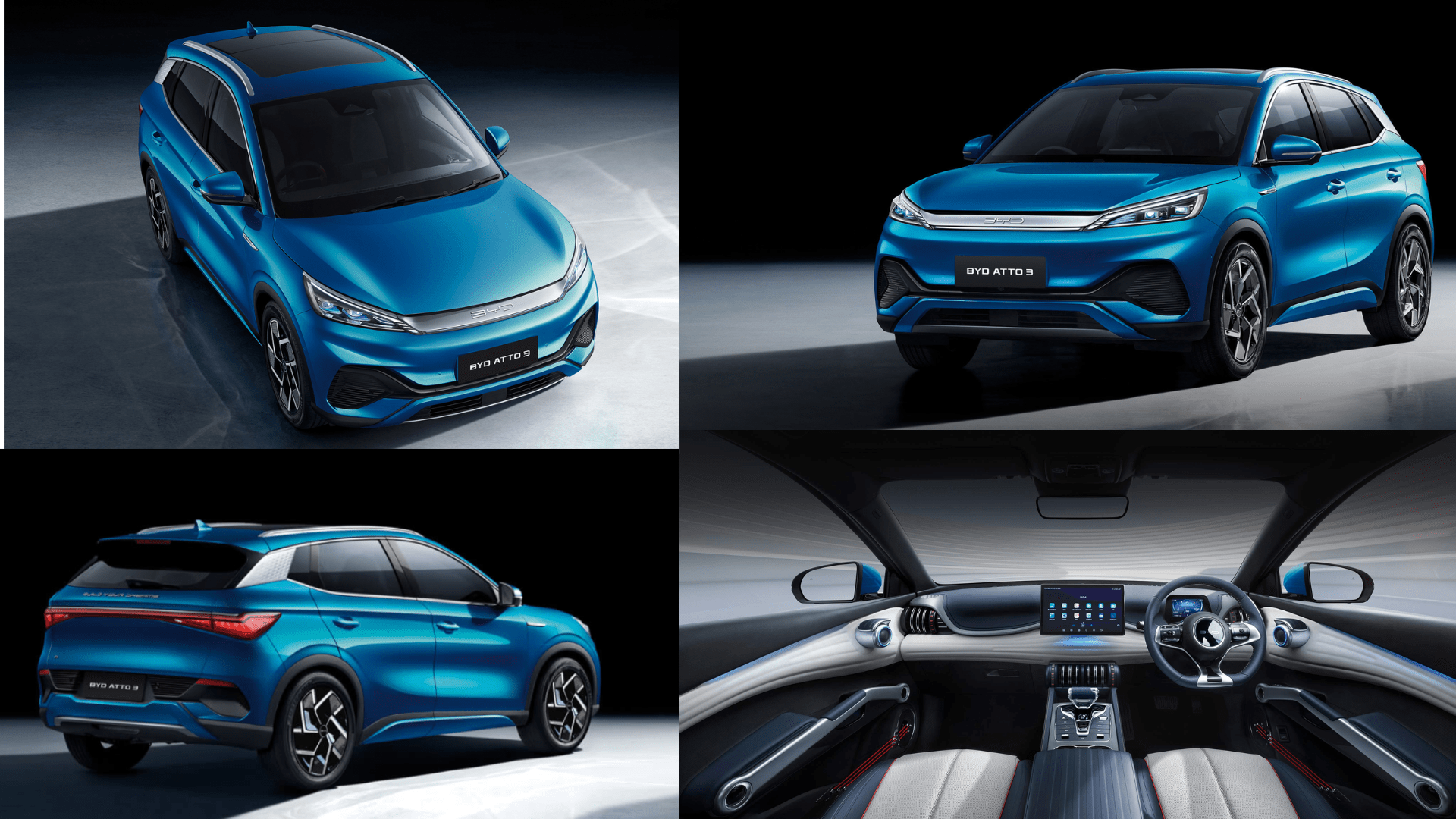
The winner of the Drive Car of the Year Award in 2023, BYD Atto 3 has an excellent 5-star ANCAP rating and can charge through AC as well as DC. If these arent enough for you to race to your nearest dealership to get into a BYD Atto 3, it also comes with a long list of helpful and mindful features making this Atto 3 an absolute catch.
Every owner of BYD Atto 3 enjoys two types of warranty. 8 Year/1,60,000 km battery warranty or 6 Year/1,50,000 km battery warranty. This proves to be a boon for those who are apprehensive about investing in an EV. This benefit coupled with a 220V emergency charging cable leads you in driving those kilometres with fun and ease of mind.
Intelligent features of the Atto 3 include Lane Departure Warning, Intelligent Cruise Control with ABS and traction control. While the list of features is long and detailed, let us assure you that BYD Atto 3 is amongst the safest cars you can drive in. With considerable force and an impressive-for-its-segment torque of 180 Nm, Atto 3 offers a strong driving experience.
Key features of BYD Atto 3:
- 6-way driver & 4-way passenger power adjusted seats
- Faux leather look
- Dirac sound systems
- Automatic folding & heated side-view mirrors
- 12V power sockets
What is good about it?
- Great interior finishing
- Affordability
- Practical for small families
What is not so good about it?
- Infotainment issues
- Limited headroom for rear passengers
Conclusion
Owning an electric vehicle (EV) in Australia is becoming increasingly popular, as the country’s charging infrastructure continues to improve. There are now a number of different EV models available in Australia, from small city cars to large SUVs.However, if you’re unsure about investing in an EV, you can read some more about purchasing an electric or hybrid car in Australia.
There are a number of benefits to owning an EV in Australia. However, there are also some challenges to owning an EV in Australia. First, the range of EVs is still limited compared to petrol or diesel cars. Second, the charging infrastructure in Australia is still developing. There are a number of public charging stations available, but they are not as widespread as petrol stations. This can make it difficult to find a charging station when you need one.
Overall, owning an EV in Australia is a great way to save money and reduce your environmental impact. However, it is important to be aware of the challenges before you make the switch. A great alternative for you is to consider purchasing a plug-in hybrid in Australia. Although there are somethings about driving an electric car in Australia which is inexplicable.
FAQs
- What should I consider when looking for an electric car in Australia?
- When looking for an electric car in Australia, consider factors such as range, charging infrastructure, available models, and government incentives for electric vehicles.
- How much should I expect to pay for an electric car in Australia?
- The price of an electric car in Australia can vary depending on the brand and model, ranging from affordable options to higher-end luxury vehicles. Generally, prices start around $30,000 and can go up to over $100,000.
- What are some of the most popular electric car brands in Australia?
- Popular electric car brands in Australia include Tesla, Nissan, Hyundai, BMW, and Mitsubishi, among others. Each brand offers a range of models with different features and price points.
- How far can I expect to drive on a single charge in an electric car in Australia?
- The range of an electric car in Australia can vary widely depending on the model. Entry-level electric cars typically offer around 150-200 kilometres of range, while higher-end models can go over 400 kilometres on a single charge.
- Are there any incentives for buying an electric car in Australia?
- Australia offers various incentives for buying an electric car, such as federal tax credits, state-based rebates, and exemptions from certain taxes and charges. These incentives aim to encourage the adoption of electric vehicles and reduce emissions.

Comments
New Comment